Shifting the size Paradigm
The W8 streamlines your daily routine by providing structural quantification of 3D cell models. Using unique biomarkers for compaction and structure, it offers scientists unparalleled insights into sample quality, diversity, and maturation. The W8 enhances predictions of treatment effects, transforming complex data into accessible knowledge.

OUTPUTS
Troughput
RECOVERING BY
SUITABLE FOR SAMPLES
SAMPLE QUALITY
DATA
W8 in the World
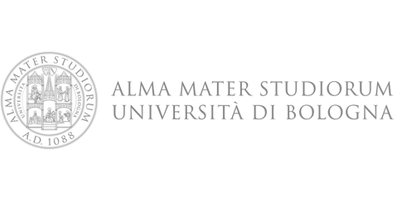




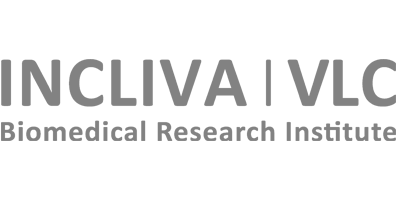
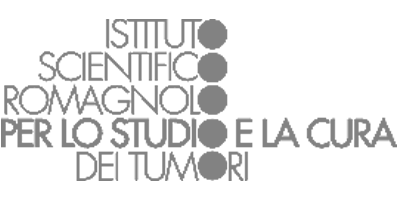
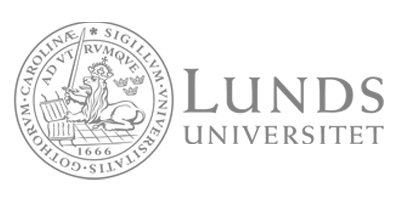
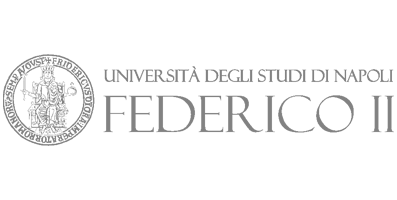
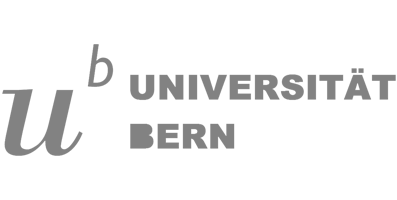


Understanding Mass Density reveals the intricacies of structural complexity in 3D cell cultures, exposing the delicate balance among cell density, ECM composition, and cavity formation.
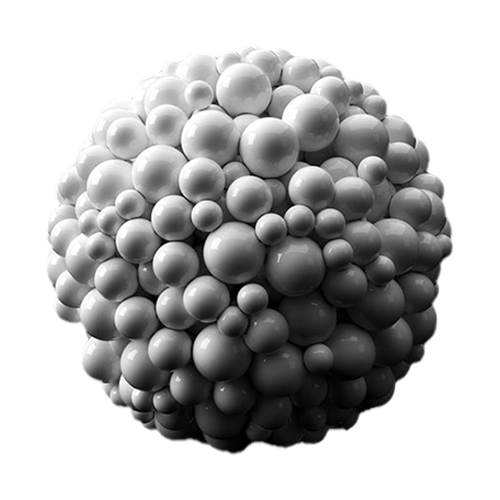
The mass density of an organoid is heavily contingent upon the number of cells per unit of volume. Often, an increase in cell number results in a corresponding increase in Mass Density.
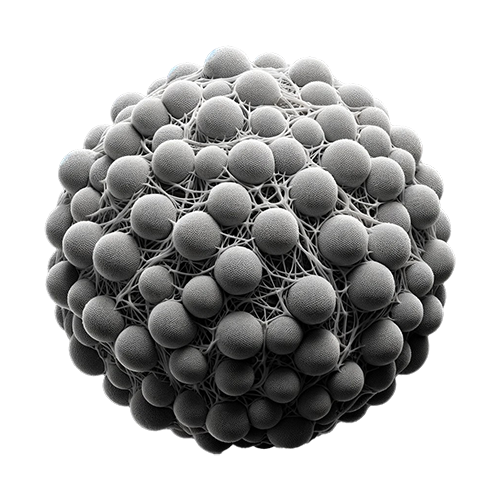
Mass Density variations are influenced by extracellular matrix (ECM) components. Greater ECM concentration can lead to increased Mass Density, as it adds non-cellular mass to the organoid.
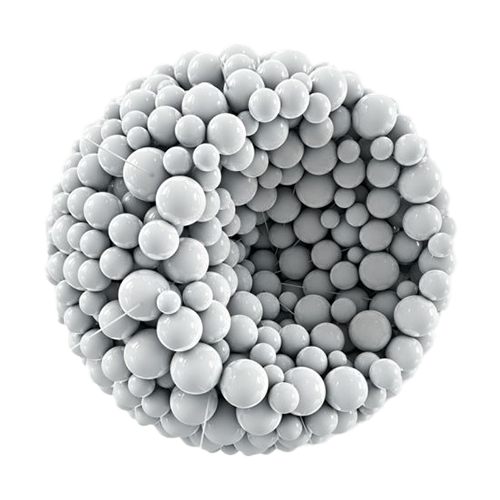
The Mass Density of an organoid can be substantially affected by the presence or absence of cavities. Within similar sizes, the larger the cavities the lower the Mass Density
Incorporating Mass Density quantification into your daily routine unlocks extraordinary insights into organoid maturation, compound permeability, cell migration, and co-culture interactions.
Streamline your workflows, reduce guesswork, and drive forward with confidence.
This study introduces a novel, non-disruptive, and label-free approach to quantify heterogeneity in 3D cell cultures, aiming to provide quantitative insights into structural characteristics of the 3D models. This approach promises to enhance the utility of 3D cell cultures in disease modeling, drug testing, and tissue engineering by providing valuable quantitative data on the heterogeneity within the culture.
Confocal imaging is crucial yet challenging in 3D cell culture, marked by high costs and complexity. The risk of selecting non-representative samples further complicates research. Emphasizing proper sample selection is vital for overcoming these obstacles and streamlining research outcomes.
Explore the innovative approach to follow organoids maturation through non-invasive biomarker analysis
Uncovering the synergy between mass density and key biomarkers related to organoid differentiation, evolves the workflows to monitor maturation phases effortlessly.
This study explores the interaction between natural killer cells and colorectal cancer spheroids in a 3D environment, emphasizing how spheroid biophysical properties affect immune cell infiltration and cytotoxicity.



| Cookie | Duration | Description |
|---|---|---|
| cookielawinfo-checkbox-analytics | 11 months | This cookie is set by GDPR Cookie Consent plugin. The cookie is used to store the user consent for the cookies in the category "Analytics". |
| cookielawinfo-checkbox-functional | 11 months | The cookie is set by GDPR cookie consent to record the user consent for the cookies in the category "Functional". |
| cookielawinfo-checkbox-necessary | 11 months | This cookie is set by GDPR Cookie Consent plugin. The cookies is used to store the user consent for the cookies in the category "Necessary". |
| cookielawinfo-checkbox-others | 11 months | This cookie is set by GDPR Cookie Consent plugin. The cookie is used to store the user consent for the cookies in the category "Other. |
| cookielawinfo-checkbox-performance | 11 months | This cookie is set by GDPR Cookie Consent plugin. The cookie is used to store the user consent for the cookies in the category "Performance". |
| viewed_cookie_policy | 11 months | The cookie is set by the GDPR Cookie Consent plugin and is used to store whether or not user has consented to the use of cookies. It does not store any personal data. |